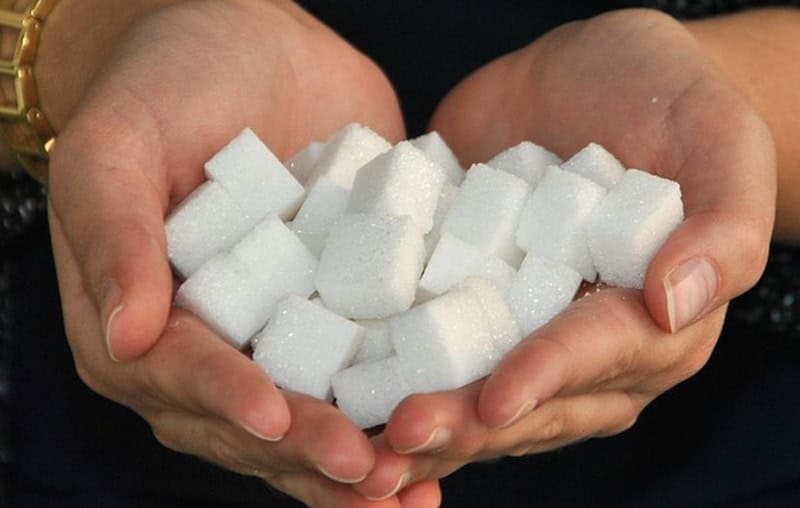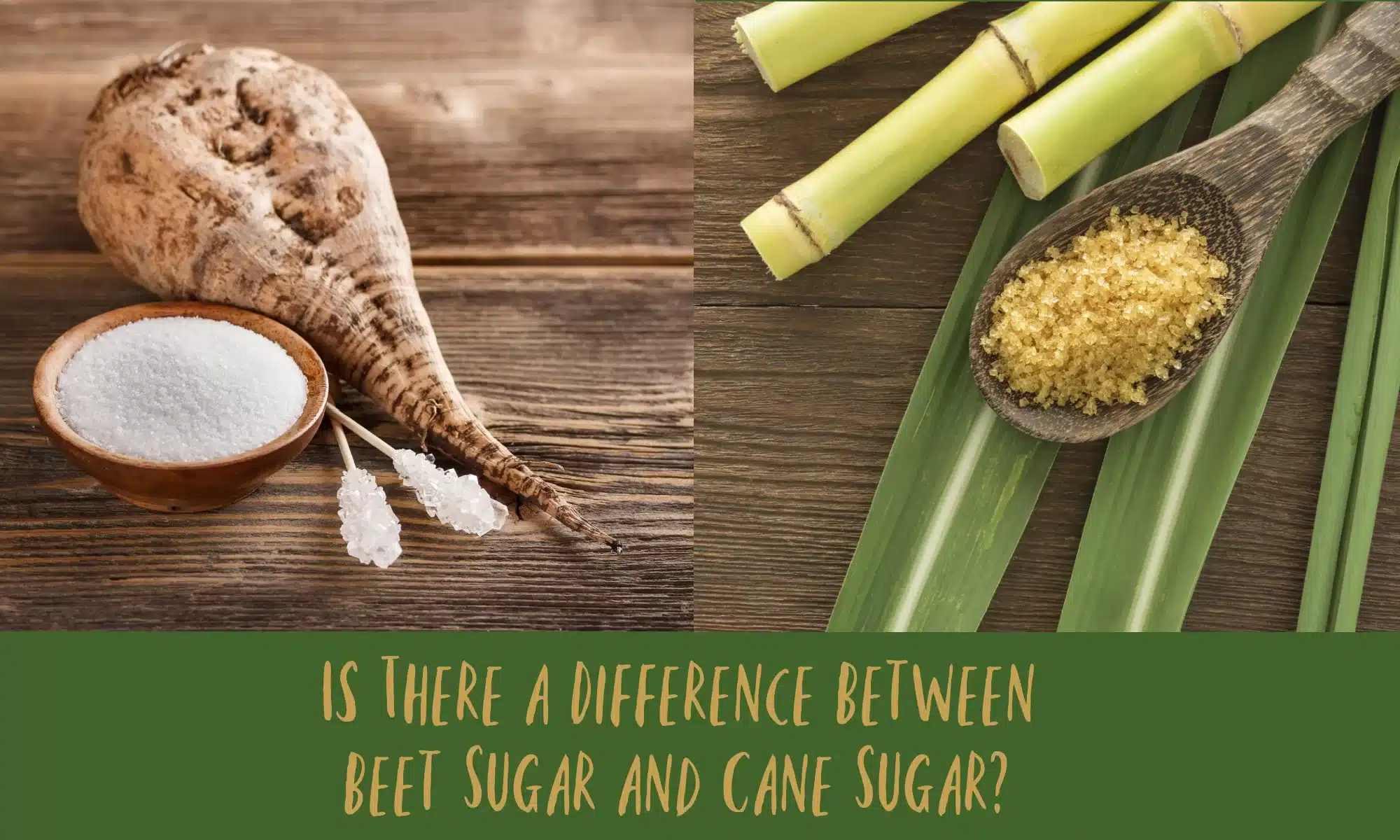The sourcing of beet sugar vs cane sugar affects eco-friendliness in the sugar industry.
The sourcing of beet sugar vs cane sugar affects eco-friendliness in the sugar industry.
Blog Article
Discover the Uses and Benefits of Beet Sugar Vs Cane Sugar in Your Daily Diet Regimen
Checking out the distinct top qualities of beet and cane sugar exposes more than just their sweetening capacities; it highlights their one-of-a-kind effects on wellness and culinary arts. Beet sugar, recognized for its subtle taste, is commonly favored in fragile treats, whereas cane sugar, with its hint of molasses, includes splendor to robust recipes. Each type holds its very own dietary account and glycemic implications, welcoming a much deeper understanding of their roles in a well balanced diet regimen and sustainable usage techniques.
Origin and Manufacturing Procedures of Beet and Cane Sugar

The distinctive climates and soil kinds required for expanding sugar beetroots and sugarcane add to differences in their farming techniques and geographic circulation, influencing the economics and sustainability of their production. beet sugar vs cane sugar.
Nutritional Contrast In Between Beet Sugar and Cane Sugar
Despite originating from various plants, beet sugar and cane sugar are nutritionally really similar, both mostly including sucrose. Each provides about 4 calories per gram, equating to approximately 16 calories per teaspoon. Structurally, both sugars are made up of about 99.95% sucrose, with marginal amounts of other substances like wetness and trace element, which do not dramatically modify their dietary accounts.

Eventually, when picking between beet sugar and cane sugar based on nutritional web content alone, both deal similar benefits and drawbacks as they find more are essentially types of the same particle-- sucrose, supplying fast power without other nutrients.
Influence On Health And Wellness: Glycemic Index and Caloric Material
Discovering further right into the results of beet sugar and cane sugar on wellness, it is vital to consider their glycemic index and calorie content. The glycemic index (GI) of both beet and cane sugar is around 65, categorizing them as high-GI foods, which can cause quick spikes in blood sugar levels.
Each kind of sugar has about 4 calories per gram, making their calorie material matching. For those checking caloric intake, specifically when managing weight or metabolic wellness conditions, understanding this equivalence is vital (beet sugar vs cane sugar). However, excessive consumption of any high-calorie, high-GI food can add to health problems such as weight problems, cardiovascular disease, and insulin resistance.
Environmental and Economic Factors To Consider of Sugar Manufacturing
Beyond health impacts, the production of beet and cane sugar likewise elevates considerable environmental and financial worries. Sugar beet look at this now cultivation tends to require cooler environments and has a lower geographical footprint contrasted to sugar cane, which thrives in exotic regions. Both crops are extensive in terms of water usage and land occupation, potentially leading to deforestation and water scarcity. Financially, the worldwide sugar market is very unstable, influenced by modifications in worldwide trade policies and subsidies. Numerous countries incentivize sugar manufacturing via economic support, skewing market prices and impacting small farmers adversely.
In addition, the use of pesticides and plant foods in both beet and cane sugar cultivation can lead to soil degradation and air pollution, further impacting biodiversity and regional water bodies (beet sugar vs cane sugar). The choice in between growing sugar beet or cane frequently rests on neighborhood ecological conditions and economic factors, making the sustainability of sugar production a complex issue
Culinary Applications and Taste Distinctions
While the ecological and economic facets of sugar production are without a doubt significant, the choice in between beet and cane sugar likewise affects culinary applications and taste profiles. Beet sugar, derived from the sugar beet plant, is understood for its incredibly neutral preference.
Walking stick sugar, extracted from sugarcane, often retains molasses traces, which present an unique richness and deepness. The small variation in dampness content other in between beet and cane sugar can influence the structure and uniformity of meals, making cane sugar a recommended choice for details recipes that profit from its special buildings.

Verdict
In final thought, both beet and cane sugar have distinctive beginnings and manufacturing procedures, offering comparable dietary profiles with minor differences in sodium web content and taste. While their influence on wellness, particularly regarding glycemic index and calories, is comparable, the option in between them typically steams down to environmental, financial elements, and particular culinary requirements. Understanding these elements can assist customers in making notified choices that line up with their health objectives and taste choices.
Report this page